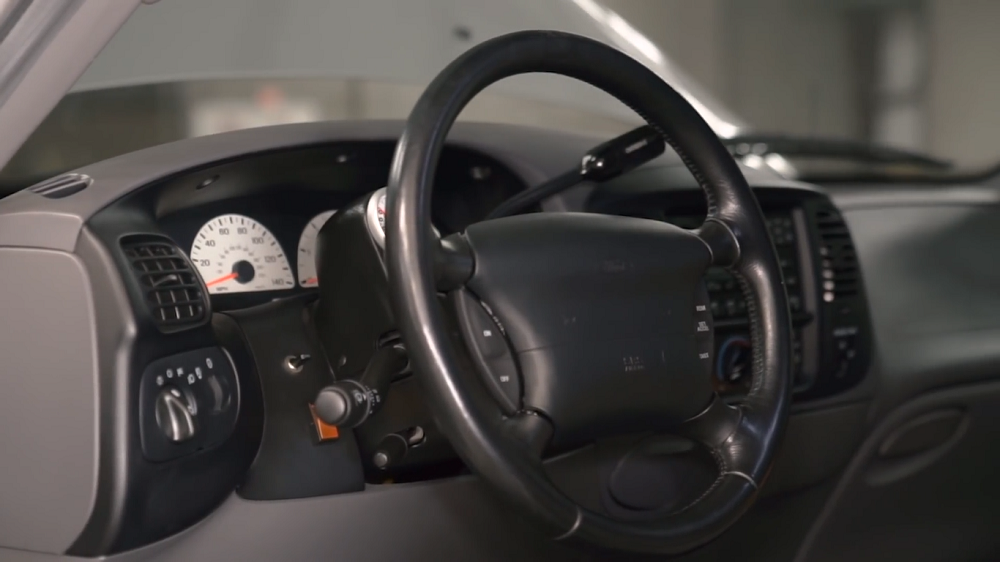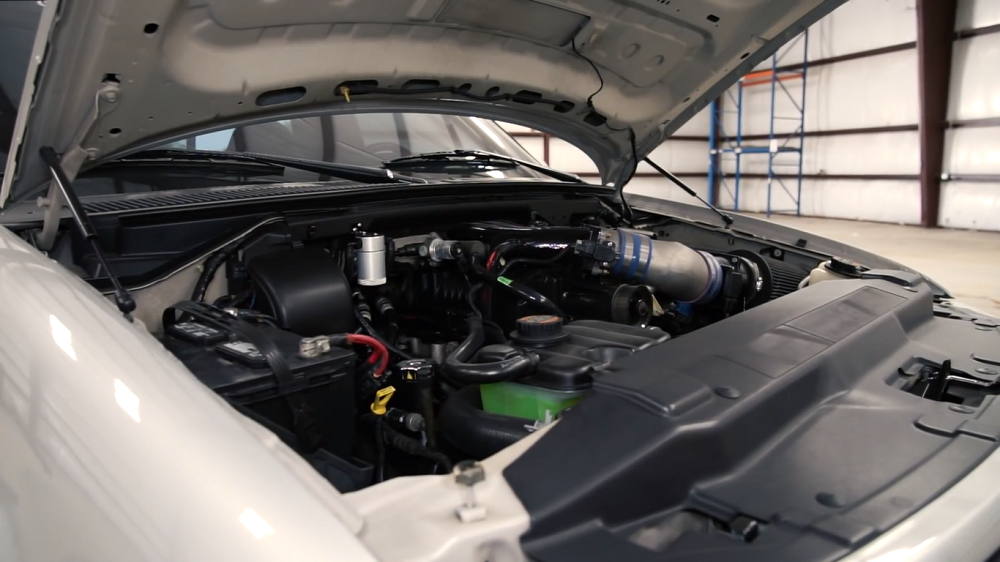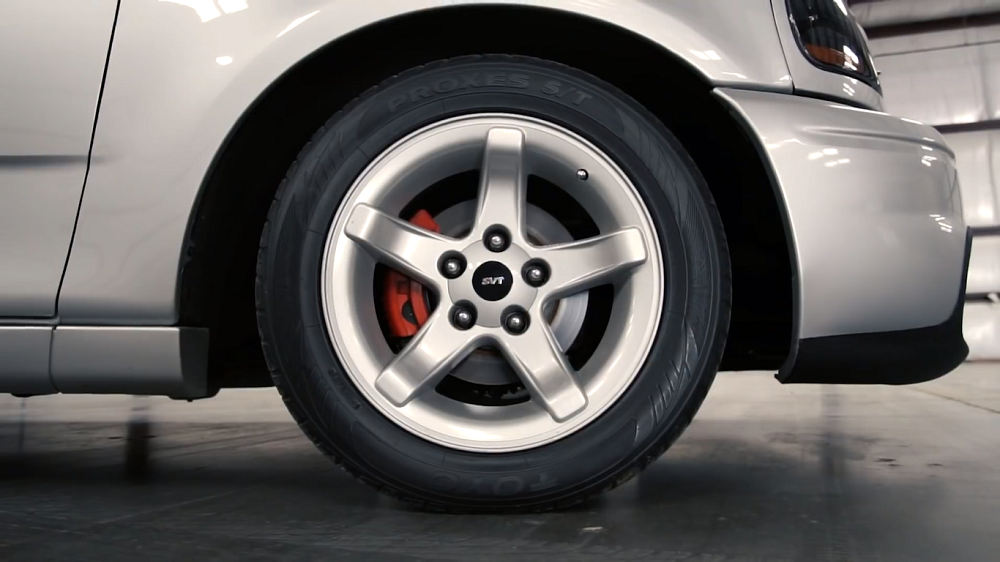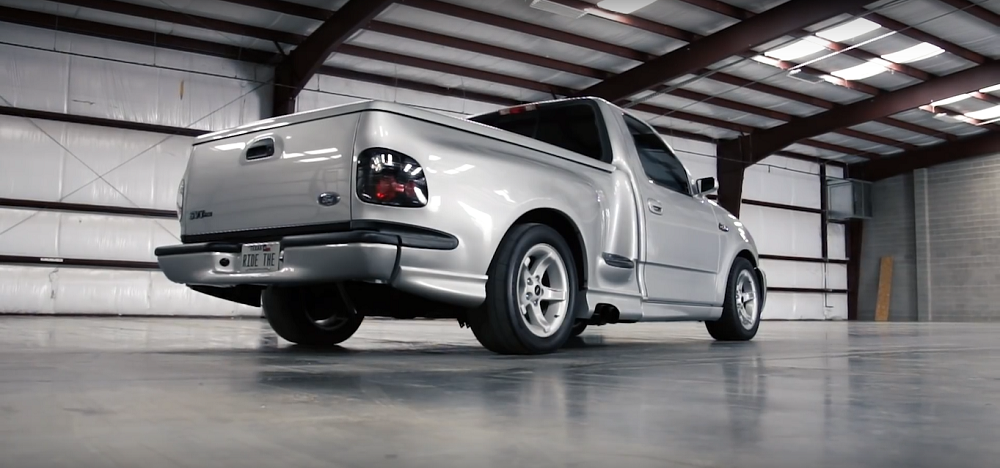An In-depth Look Back at the Second-generation F-150 Lightning
The 1999-2004 Ford F-150 SVT Lightning wasn’t made to tow or haul heavy loads. It was made to be a sports car with a bed.
These days, the ultimate high-performance version of the Ford F-150 is the Raptor. It’s the most powerful F-150 you can currently buy, but its 450 horsepower and 510 lb-ft are best used to zoom across flat desert or fly over the top of sand dunes. Back in the late 1990s and early 2000s, the Raptor was years away from being a thought in a Ford engineer’s head. At the time, the Lightning was the top F-150 for people who wanted to light up the street and the drag strip.
In the video up at the top, Landan Durham of Late Model Restoration gives a great history lesson on the second-generation Lightning, which Ford produced for the 1999-2004 model years. In terms of body style, Ford kept it simple. The Lightning was only available with a single cab, a short bed, and flared rear fenders. The visual elements around those major components, such as the available colors, grille, and 18-inch wheels, changed over the years.

The interior was heavy on the neutrals. The tach, speedo, and boost gauges were white. The rest of the cabin, including the microfiber bench seat, was covered in a combination of Medium Graphite, Dark Graphite, and Black. According to Durham, “Subtle changes through the years included the steering wheel, fog light switch, and the addition of an overhead temperature and direction display.”

All Lightnings featured Ford’s 5.4-liter, 16-valve Triton V8 with a cast-iron block, aluminum heads, forged pistons, and stronger wristpins compared to those found in other versions of the engine. That power plant connected to a “4R100 four-speed automatic transmission … that was also used in Ford’s Power Stroke diesel trucks,” Durham said. “What made the Lightning’s engine special was the 1.4-liter belt-driven, Roots-type supercharger.” As the Lightning aged, it grew more powerful. Thanks to a revised lower intake manifold and a larger 90-millimeter mass airflow meter, the 2001-2004 Lightnings cranked out more than their 1999-2000 siblings: 380 horsepower and 450 lb-ft of torque. Both series of trucks put their power to the road (or track) through an aluminum driveshaft and a 9.75-inch rear end with a limited-slip differential. The early Lightnings had basic shocks and 3.55 gears while the 2001-2004 models were equipped with Bilstein dampers and a 3.73 back end.

As a result of that increased power, the later Lightnings were quicker than their predecessors. The 1999-2000 trucks could hit 60 mph in 6.2 seconds and cover a quarter mile in 14.6 seconds at 97 mph. The 2001-2004 Lightnings only needed 5.8 seconds to get to 60 and 13.9 seconds to do the quarter-mile dash at a trap speed of 100 mph.

Sadly, the Ford F-150 SVT Lightning’s second generation was also its last. Ford thought about making a third out of the next-generation F-150 and even produced a concept truck, but it ultimately scrapped the idea. Let’s hope that Ford’s modern high-performance F-150, the Raptor, gets the third incarnation that the Lightning never (officially) got.
